Images
Exhibition
Travel memories
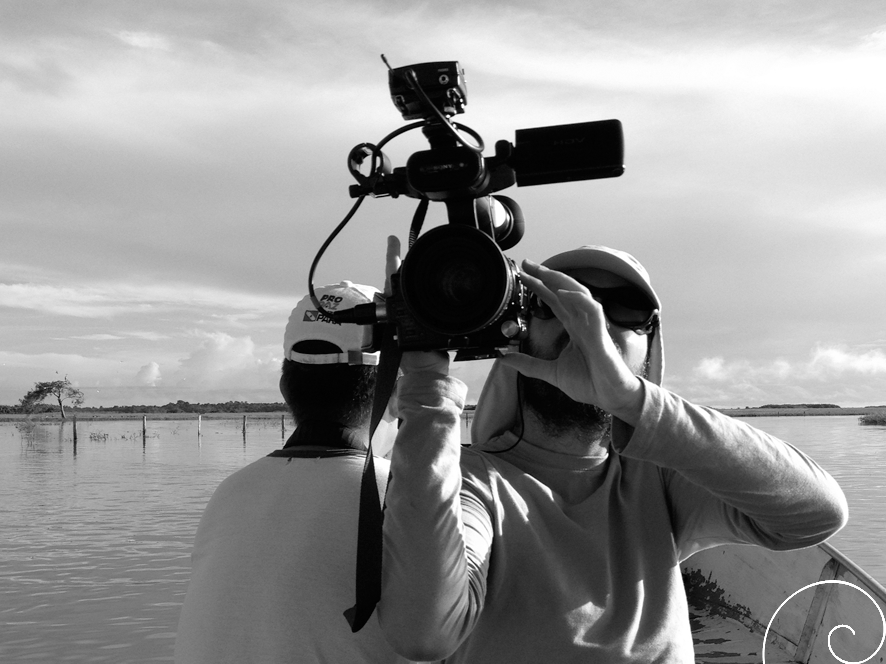
Brazil, Pará, 2013. April and May. September and October. Winter and summer in the Amazon. Trips to Belém Icoaraci, Salvaterra, Joanes, Cachoeira do Arari, Santarém, Monte Alegre and Óbidos. Trails through the woods, urban hiking, traveling by water. Archaeological sites. A wealth of artifacts. Ancient Objects. Museum displays, collection storage, personal collections. Reports, experiences, memories. To produce the documentary, the team traveled twice to Pará, returning to the same places. During two different seasons, the transformation of the landscape. Pictures of recorded moments, fragments of the gradual development of an audiovisual narrative and imagery, from so many places, real and imaginative narratives. The outside view of those who found a small part of the Amazon universe, seeks to understand the reality of the present time, that houses so many pieces of evidence of past cultures. Time is a flow of images in the memory.
Text: Silvio Luiz Cordeiro. Images: Carla Gibertoni Carneiro, Cristina Demartini, Silvio Luiz Cordeiro, Wagner Souza e Silva.
Vestige
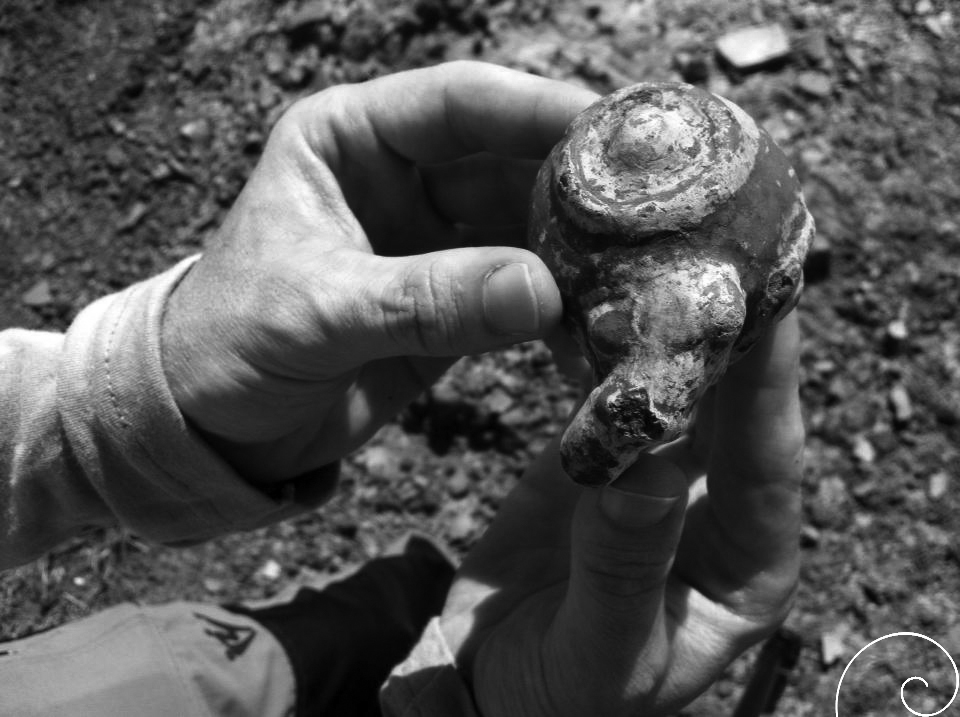
During the recording in April in Teso dos Bichos (Cachoeira do Arari, Marajó Island, Pará), we found this ceramic fragment, representing the head of a vulture.
Text: Silvio Luiz Cordeiro. Image: Wagner Souza e Silva.
The Big Island
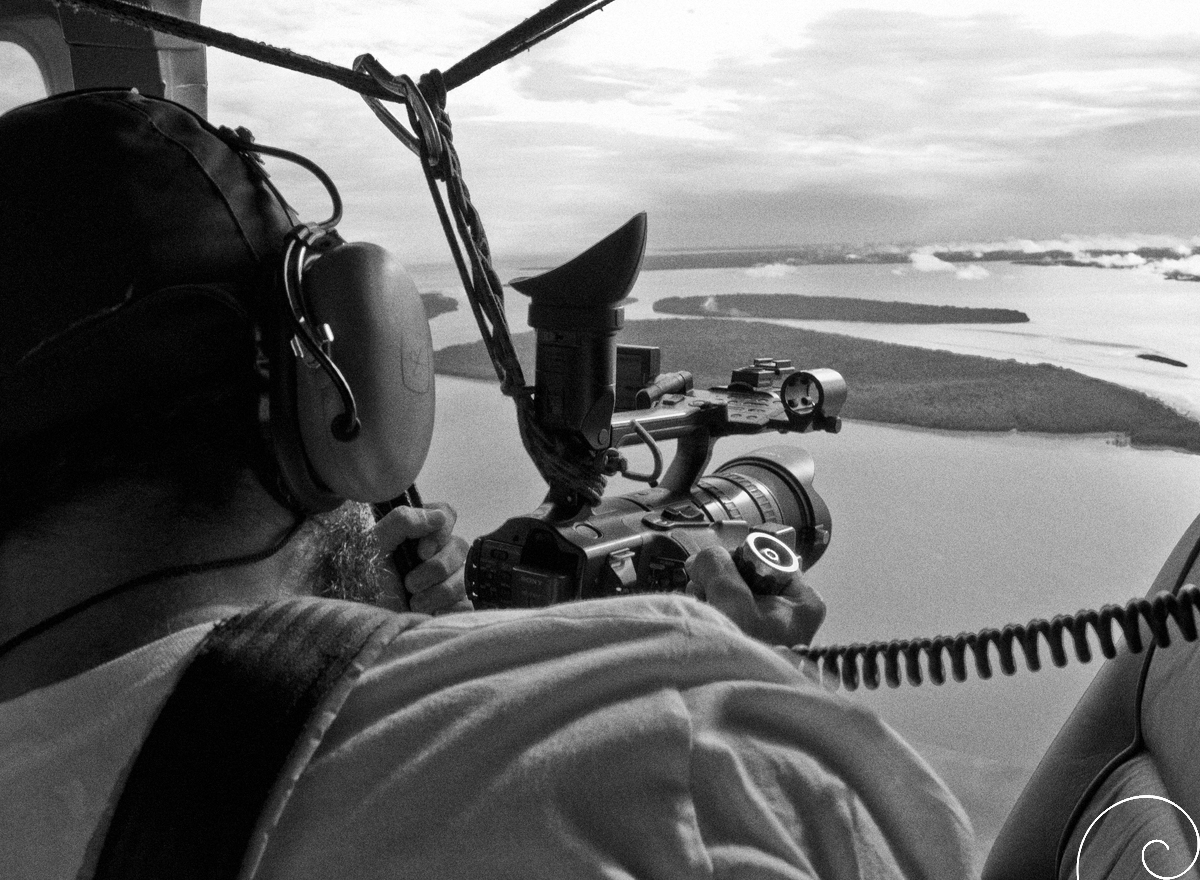
Days after stepping for the first time on Marajó, we flew over the great island. In the image, you can see part of the archipelago, in front of the city of Belém, where we took the flight from. For this type of recording, the lateral door of the aircraft is opened, therefore, the experience is amplified!
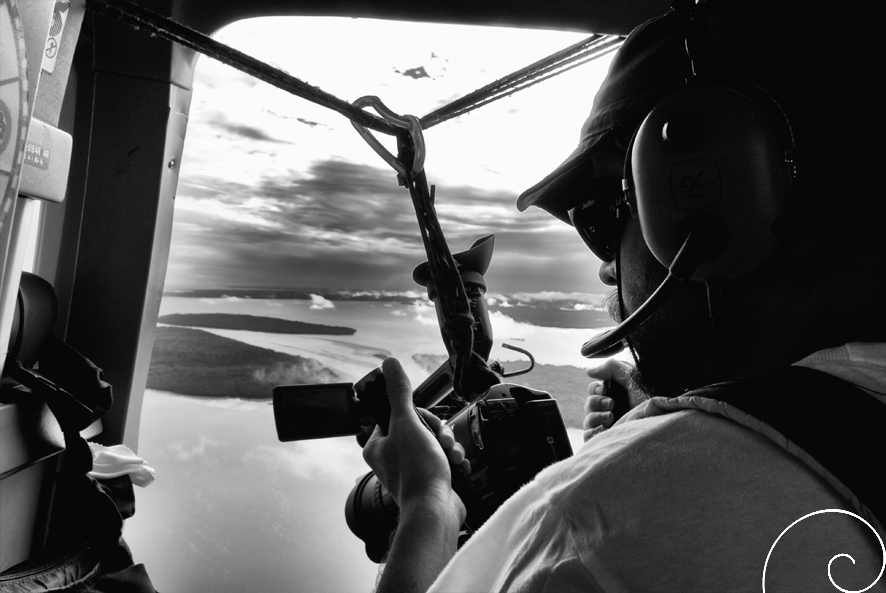
On this day, the recording was different from previous flight recordings that I have made, in urban landscapes: leaving Belém, the helicopter soon left the city and reached the Bay of Marajó, revealing endless waters until we saw the Marajoara territory. If on the ground, the insular landscape impresses with its vast plains, from above, it opens surprisingly in the “winter” like a giant mosaic of features: the waters that bathe the archipelago penetrate Marajó further and reveal many signs, unnoticed by those who walk on the ground of the great island: paths old and new of people, animal tracks, wells, channels and depressions, everything flooded.
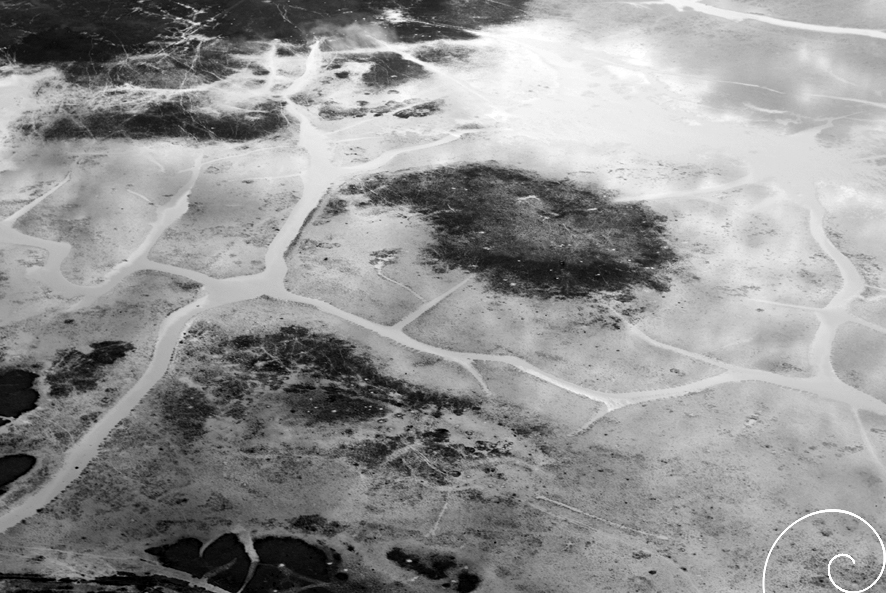
On the higher places, we can see the artificial embankments that were inhabited long ago, for example the Teso dos Bichos, the arrival point of this flyby.
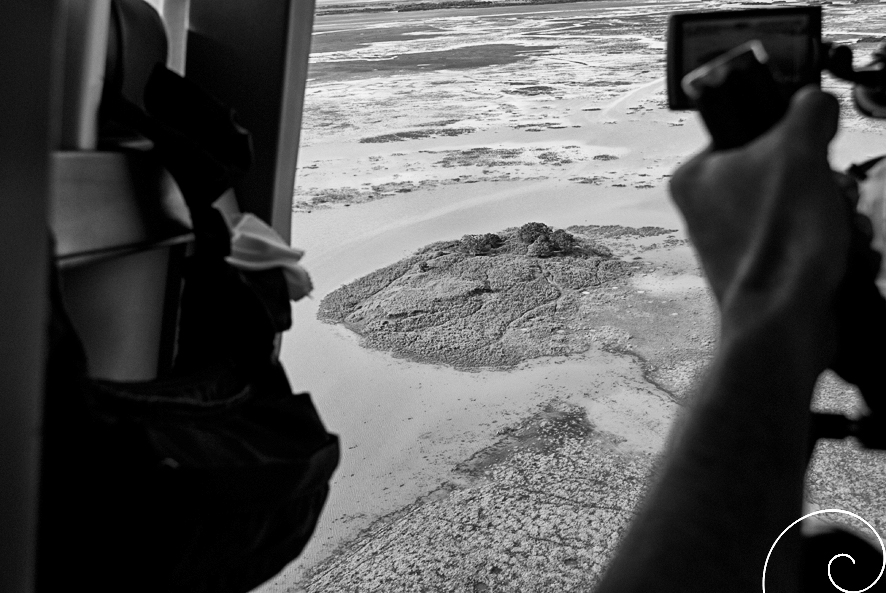
From the sky, upon seeing this wonderful part of the greatness of the Amazon Delta, a thought comes to my mind: from above, the view of that landscape unfolds in infinite images, until we land next to the objects that make up the time; ancient fragments of past cultures that leave so many traces, many still to (re)discover; physical testimonies that make up this great and powerful humanized landscape, an inseparable part of the Nature and the Being this place.
Text: Silvio Luiz Cordeiro. Images: Wagner Souza e Silva.
Time
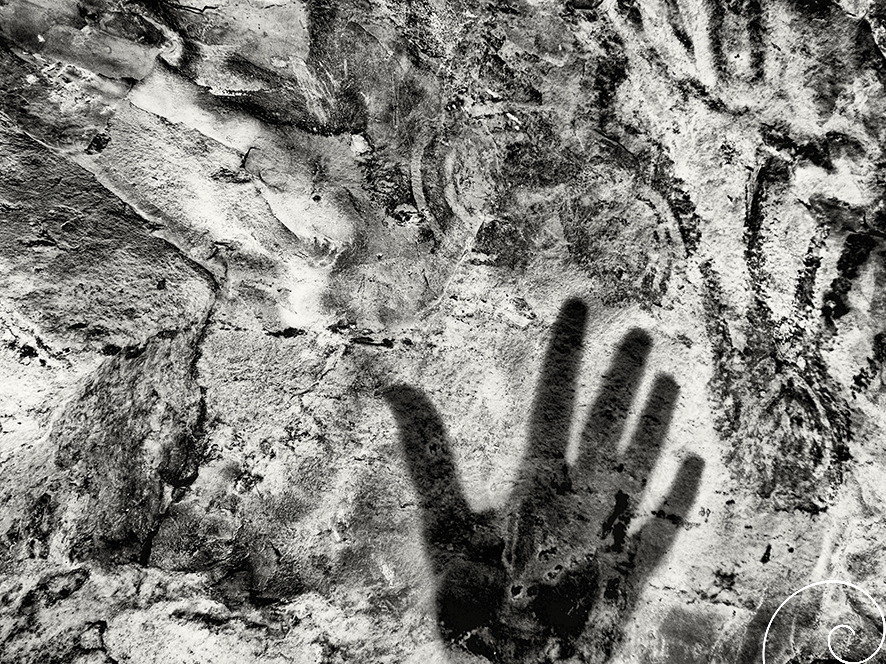
As told by Edithe Pereira (archaeologist of the Goeldi Museum), in his words: “Monte Alegre has always been known, in terms of archaeology by the rock paintings in a range of mountains located about 40 km west of the municipal headquarters. The interest in these paintings dates back to the 18th century, when an anonymous visitor and/or a Jesuit left, the year of his visit – 1764 – and the initials HIS, painted at the Serra da Lua site” [Excerpt from the book A Arte Rupestre de Monte Alegre, by Edithe Pereira]. These paintings can be seen within the State Park of Monte Alegre (Pará) that houses important archaeological sites, testimonies of ancient cultures that inhabited the region thousands of years ago. In the photograph, taken in Serra da Lua, the play of images like a confrontation of temporalities, by the look of the one who now wonders about these ancient paintings, inquires about the meanings and gestures of people that created such images on the stone.
Text and Image: Silvio Luiz Cordeiro.
The limits of photography
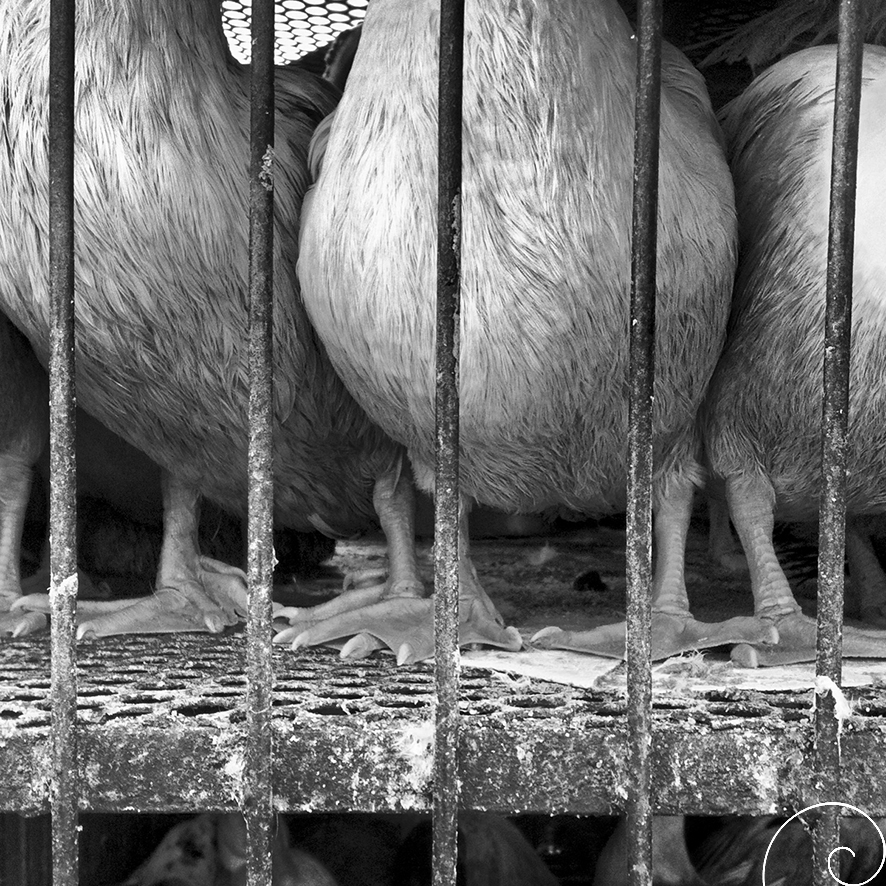
A mandatory stop for any photographer in Belém: the Ver-o-Peso public market defies documentary tradition of photography. On one hand there is a wealth of characters, colors and textures, in short, an inexhaustible source for the production of scenes, on the other hand, the faithful representation of the environment becomes impossible through images, due to the profusion of sounds, scents and vibration that the market offers. Erected in 1901 to meet the commercial importance of the city at the time, the Ver-o-Peso has become a cultural symbol of Brazil, and is now considered the largest open market in Latin America. There, shooting seizes to be the construction of images, and becomes a mere excuse for getting lost in the alleys filled with all sorts of things and memorable surprises.
Text and Image: Wagner Souza e Silva.
At Idaliana home

Our arrival in Obidos, this small town in the state of Pará, was special. Its old architectural style refers to the Portuguese colonization and is better preserved than in other cities of Pará. And we met Mrs. Idaliana, a lady who, for years, has been searching to know about the history of their region and the appreciation of the different cultures that coexist there. She has a special interest in the quilombolas groups and the dissemination of their knowledge. She welcomed us into her home, in a tireless and generous way, and tried to present us all the knowledge that she has been building up about the region’s history. Her leadership is remarkable, aside from the fact that her name is unanimous when it comes to local history. Her house is a meeting place for pleasant conversation and story-telling.
Text: Carla Gibertoni Carneiro. Image: Cristina Demartini.
Camera
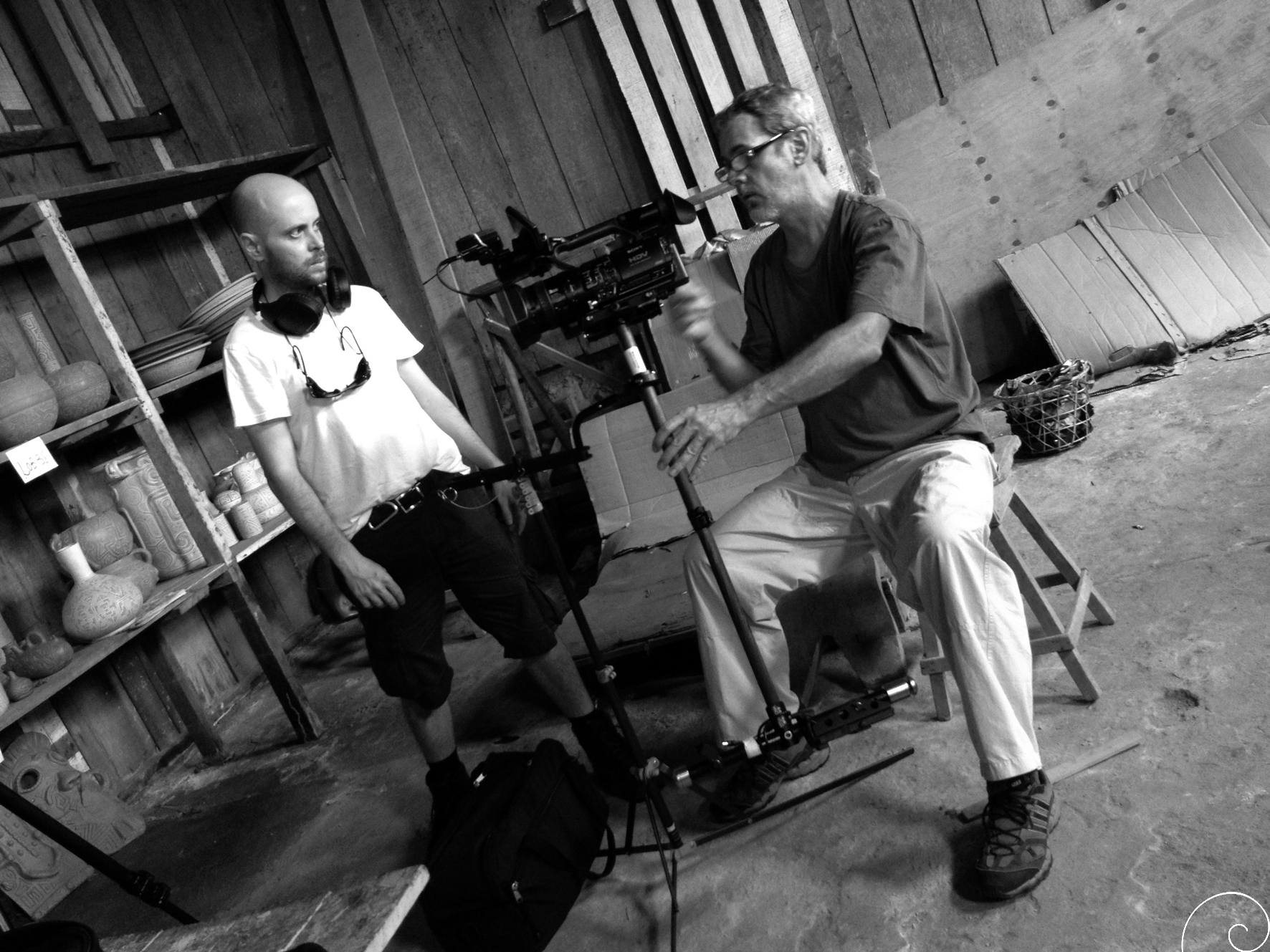
In the picture, me and Luiz Bargmann, a friend from many trips and documentaries. I invited him to join our team on the second trip to Pará, in September and October 2013. While we balanced the camera stabilizer, we talked about our movements to record the work of the artisan potters in Marivaldo’s workshop, in Icoaraci.
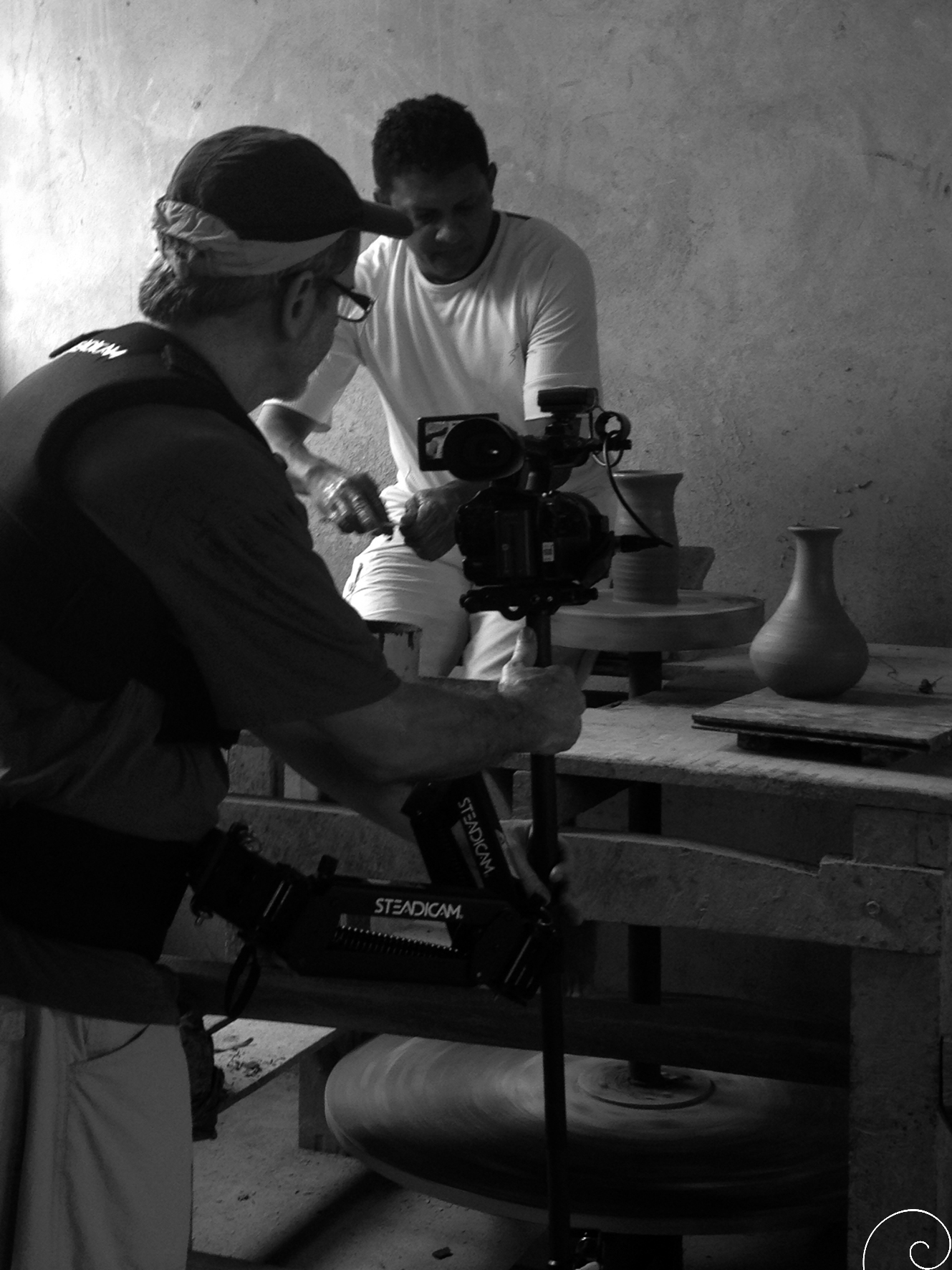
Text: Silvio Luiz Cordeiro. Images: Wagner Souza e Silva, Cristina Demartini.
Other landscape
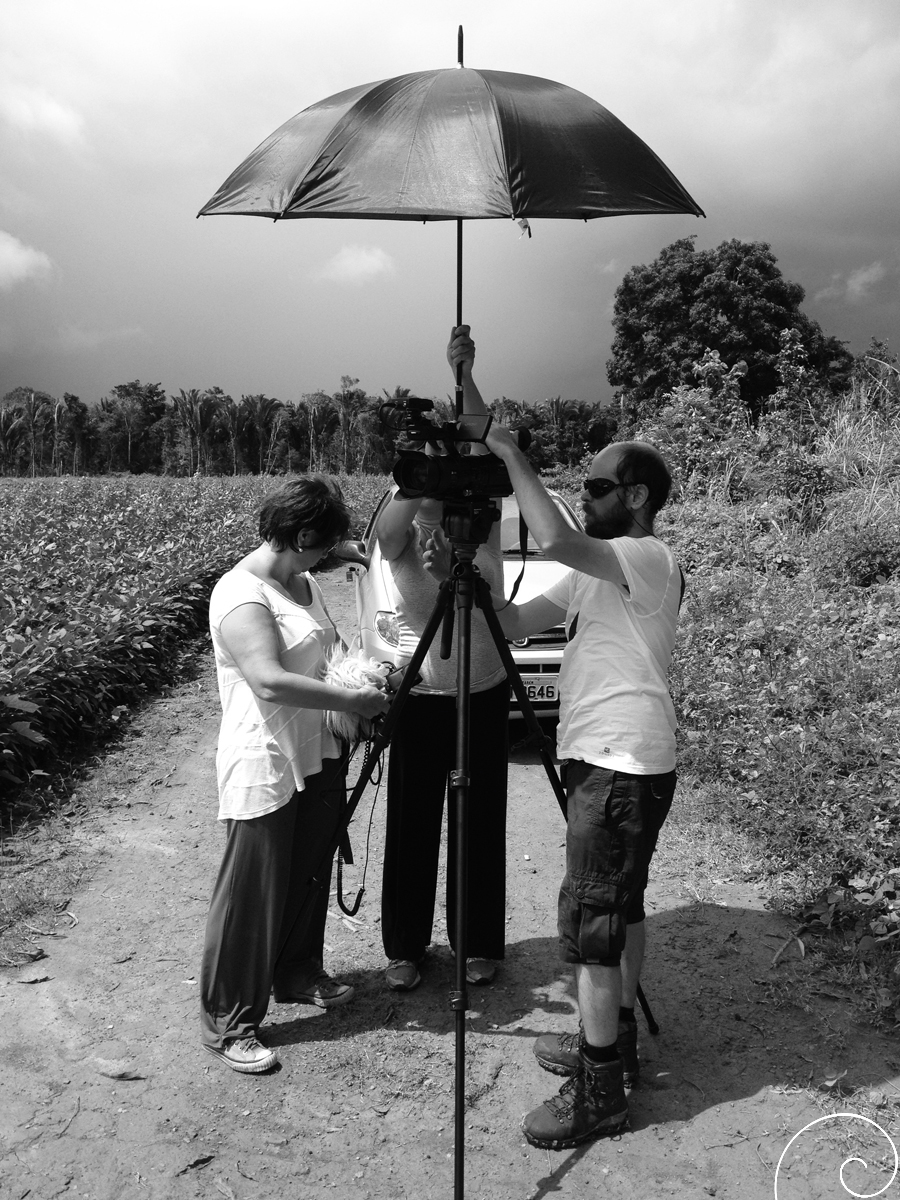
In the image, with the help of Cris and Carla (holding the umbrella) I set the camera to record before a storm hits us (watch the sky!). We are standing in the middle of a path that leads to an archaeological site in the highlands near Santarém. On the left, we see a soybean crop. On the right, an artificial landfill (mound) with ceramic artifacts. In the background, the remains of the jungle of this area.
Text: Silvio Luiz Cordeiro. Image: Team.
Conversation with Mario
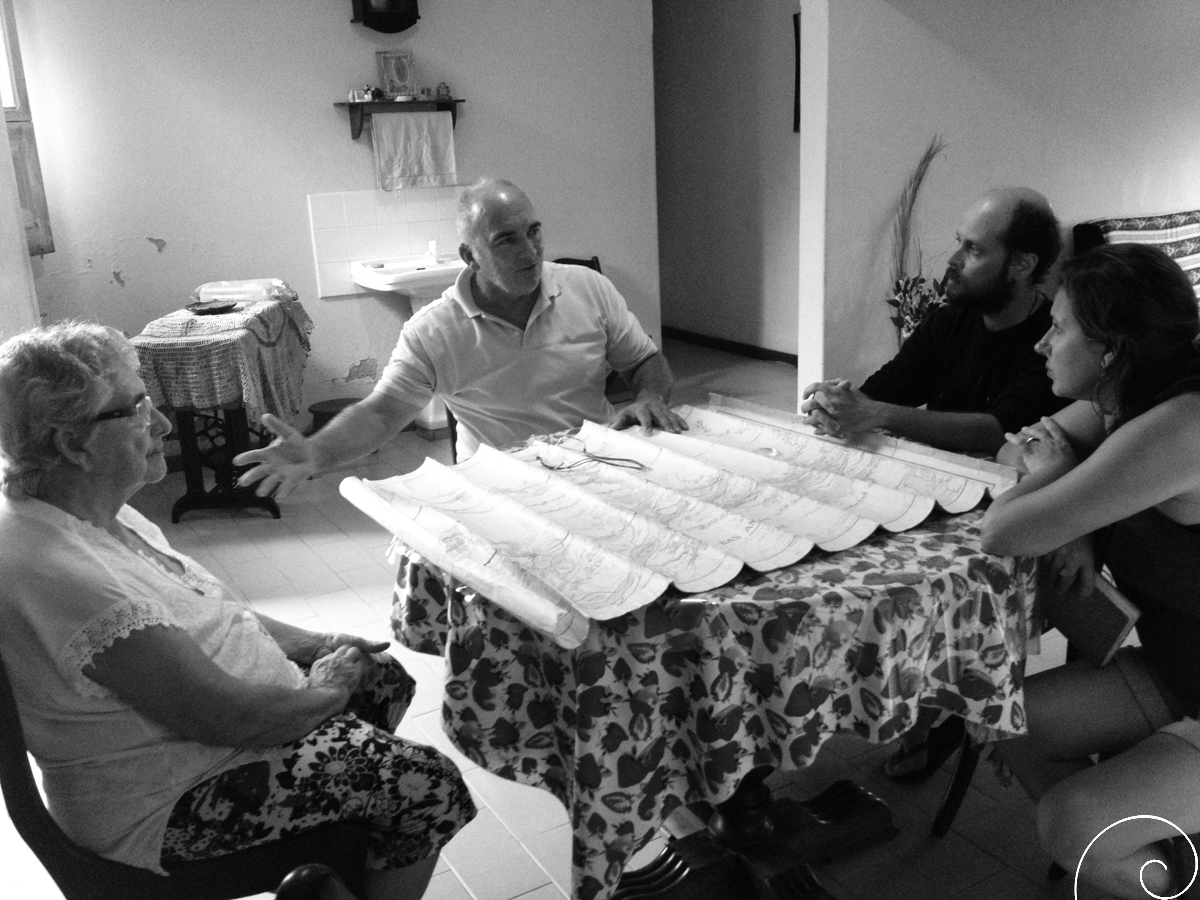
In Óbidos, at the cozy home of Idaliana (seated left), we heard Mario tell us about his experience in the vastness of the Amazonian land and waters. A keen observer of that Nature, he tells us about the transformation of the landscape, based on his experience as an inhabitant of the Lower Amazon. Among the facts that for him are the results of human actions over time, Mario calls our attention to the phenomenon that he calls “fallen earth”: the river, every new flood, strips the banks of soil, carrying the land that “falls” somewhere else. Thus, year after year, the geographic references change: new openings are made by the waters, ancient streams are silted today, lakes are expanded, while others shrink. In his site on Lake João Braz, after a “fallen earth” event, they found a beautiful anthropomorphic ceramic figurine on the river bank. It is exhibited at the Associação Cultural Obidense (ACOB).

Mario believes this unique artifact may have come from far away, carried by the Amazon River until settling on his lands. Much later, the flow of water revealed the object. In it we see a necklace with a pendant representing a muiraquitã.
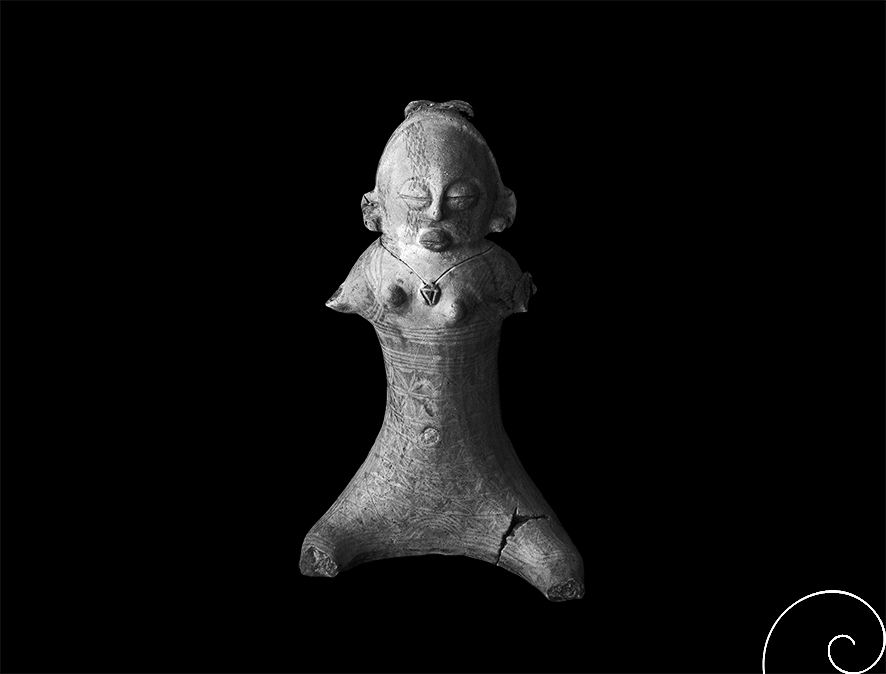
A witness of a disappeared society, the figurine that was discovered there houses a memory that goes beyond its cultural context and reaches the contemporary transformation of the landscape of the region.
Text: Silvio Luiz Cordeiro. Images: Cristina Demartini, SIlvio Luiz Cordeiro, Wagner Souza e Silva.
Family Canto collection
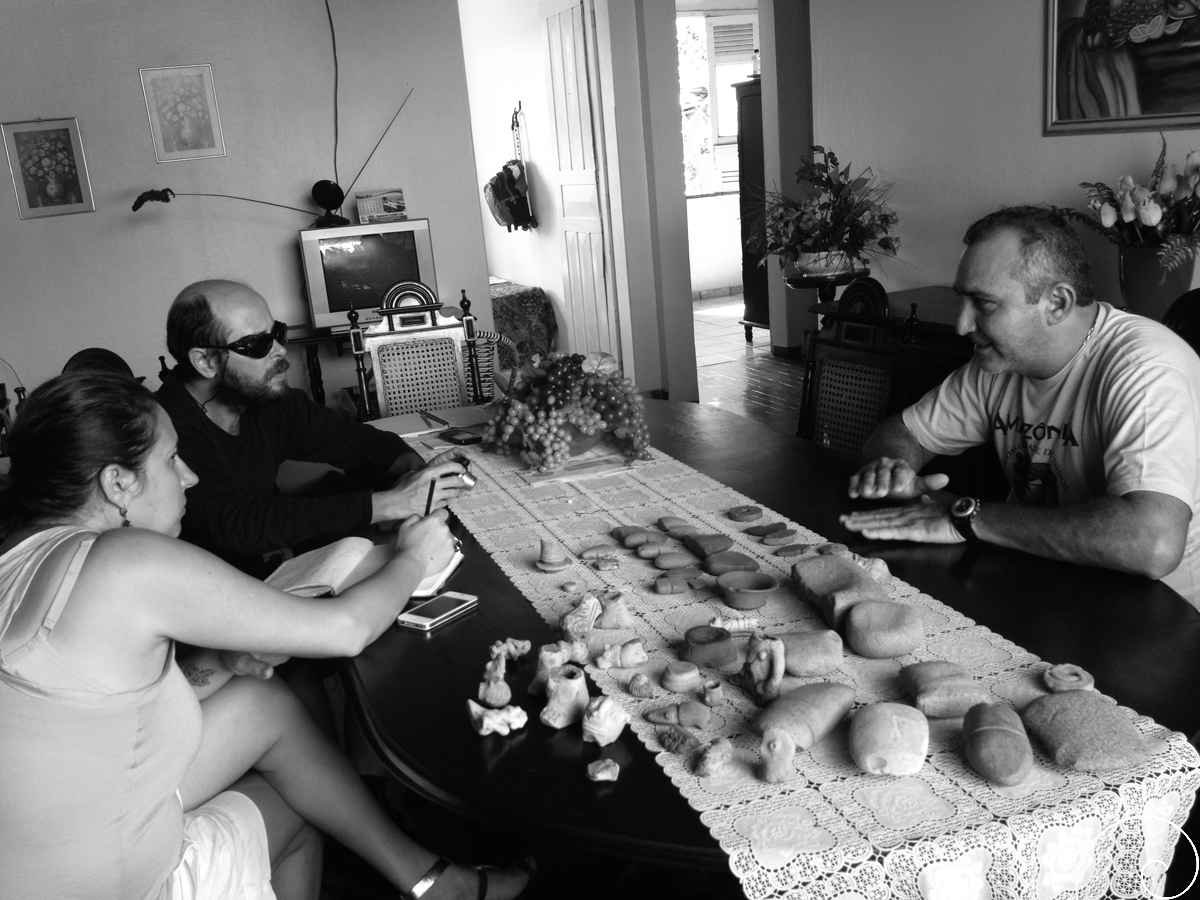
In the picture, Carla and I are talking with Paulo Canto, in Santarém: his home houses a small collection of ceramic and lithic artifacts found in the family site. The objects are displayed in the living room of his home in the city, in a small-glassed piece of furniture. Like his family, others throughout the Amazon region have also formed their collections, many of them still anonymous. Until today, on any restoration or new construction in certain central areas of the city of Santarém for example, upon digging the ground to lay the foundations of a house, or to repair pipes, it is quite possible to find traces of those who inhabited a large village in the past.
Text: Silvio Luiz Cordeiro. Image: Cristina Demartini.
Like a small island
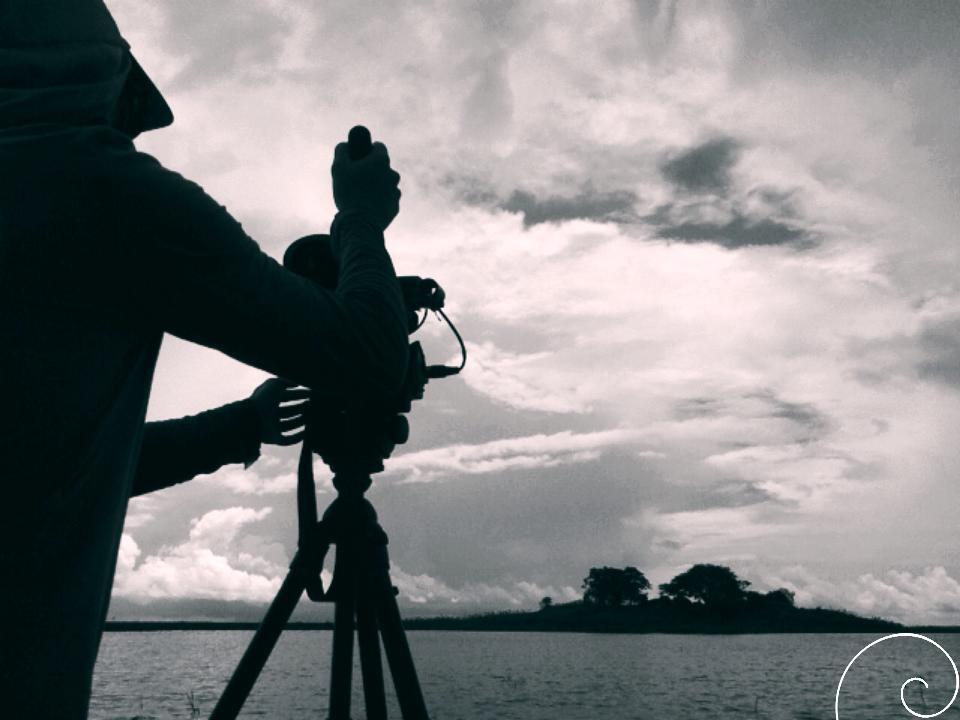
In April, “winter” on Marajó Island, the impending storm announced itself when we were in front of the Teso dos Bichos. I decided to record images of the place from the boat. I quickly set up the tripod in the water and turned on the camera. I only got a few seconds of video footage before the rain poured down on us. Then Wagner recorded the moment with a smartphone. The Teso dos Bichos is an artificial structure built by the ancient culture that left many traces of their presence, such as various ceramic remains, including funeral urns (which are among the most popular archaeological artifacts from the Amazonia). We now see how the dynamics of time and the many human interventions, for example, the first archaeological excavations and livestock, which trample the surface, have eroded this place, once inhabited many centuries ago. In the Marajoara “summer”, the waters recede. But in the “winter”, the Teso dos Bichos is like a small island visible in the vast flooded plains of Marajó.
Text: Silvio Luiz Cordeiro. Image: Wagner Souza e Silva.
Potter
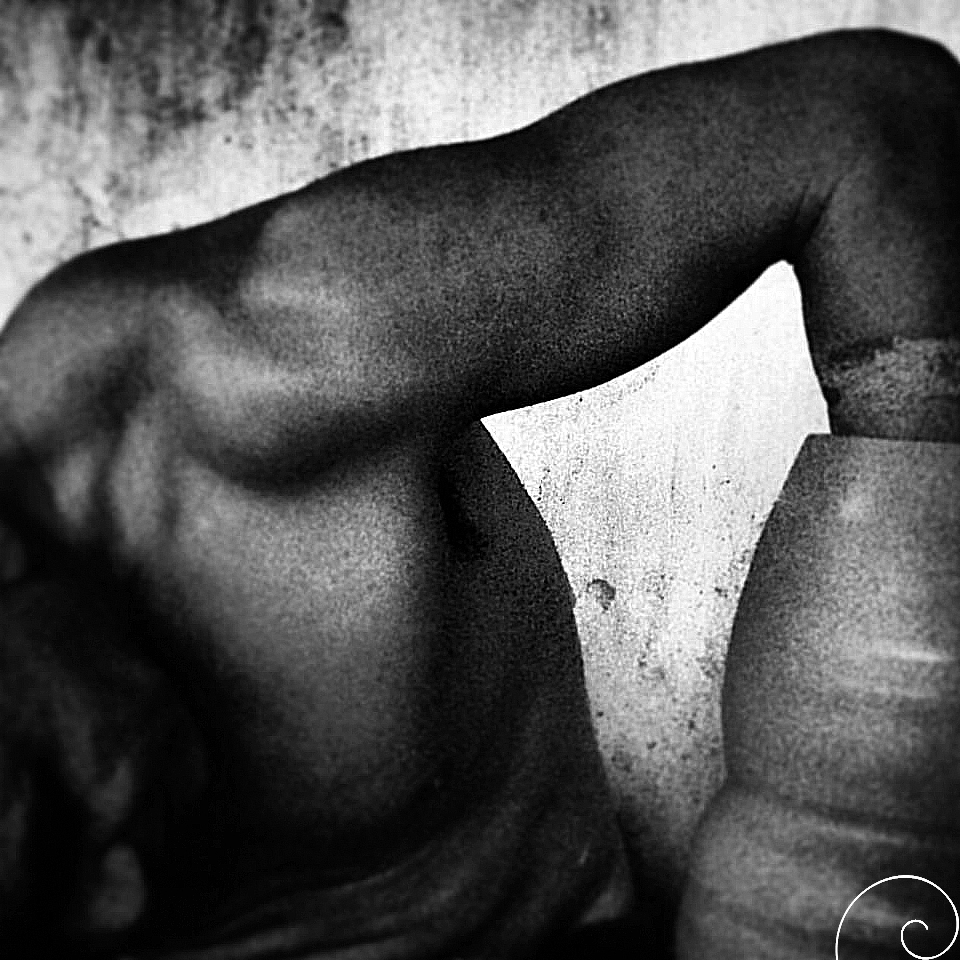
In Icoaraci – a district of Belém do Pará – there are several workshops and shops selling the ceramics produced there. Some incorporate archaeological references. The image shows Master Carlos, a potter who also works in the workshop that belongs to Master Raimundo Cardoso’s family, who first had access to the collection of the Goeldi Museum to reproduce archaeological artifacts from certain past Amazonian cultures, such as Marajoara and Tapajônica, popularly known since then.
Text: Silvio Luiz Cordeiro. Image: Wagner Souza e Silva.
Through the Santarém sites
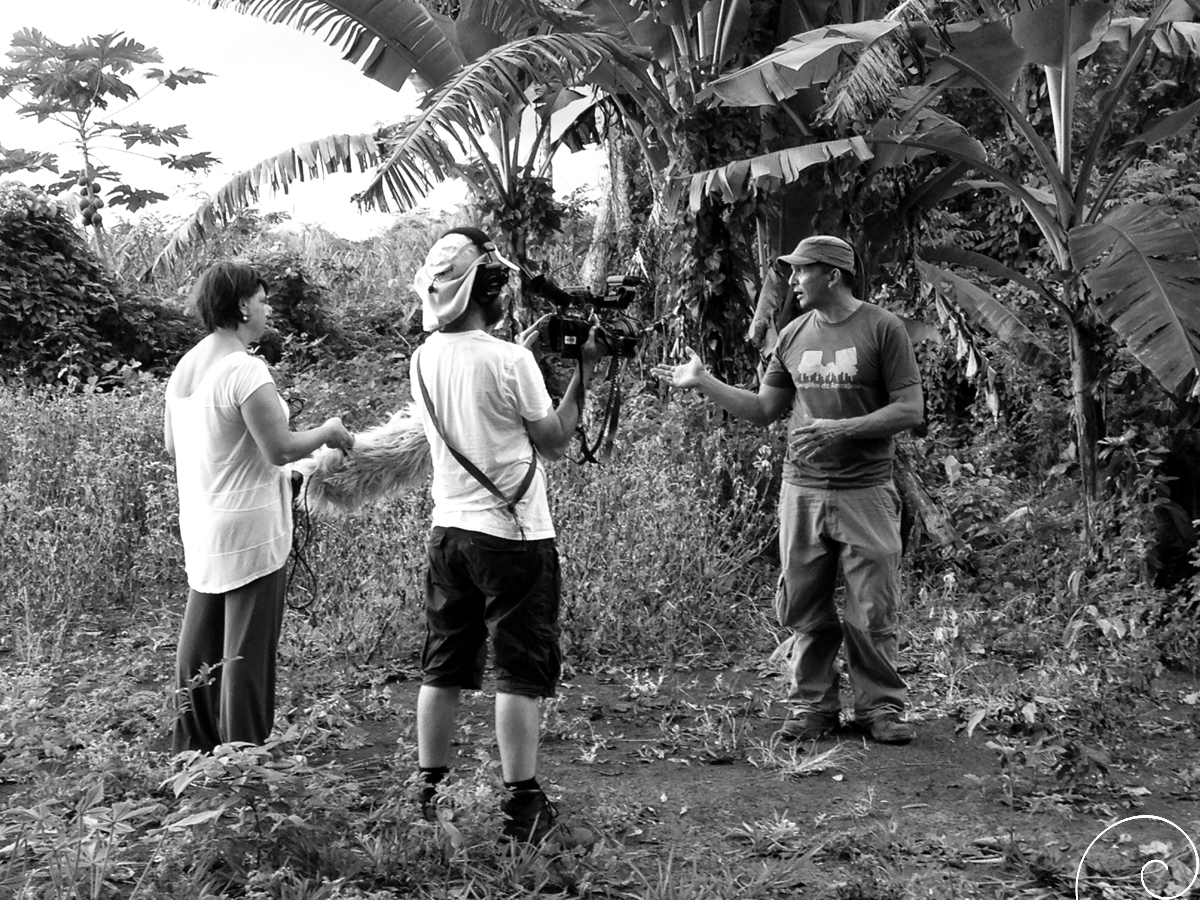
In the morning, we met Márcio Amaral, a resident of Santarém who knows a lot about the archeology of the region, to go to some archaeological sites. We left downtown Santarém, and Márcio began telling and showing us in the lansdscape the forms of settlement of the indigenous peoples of ancient times, the settlement of the floodplain, the plateau, the formation of the dark earth, the construction of a water collecting system, the development of a sophisticated ceramic. I had talked to him for hours the day before when I noticed his fascination and his great knowledge. His interest in archeology came from a very eager curiosity, direct and intense contact with the archaeological remains; this willingness motivated him to seek information built by archeology – by himself he sought knowledge in the literature about the area and worked with different teams of archaeologists that are references for Amazonian archeology, such as Anna Roosevelt, for example. Today he studies archaeology at the Universidade Federal do Oeste do Pará (UFOPA) and will certainly contribute greatly to the archeology of the region, in a passionate and committed way.
Text and Image: Carla Gibertoni Carneiro.
Tucupi in tacacá
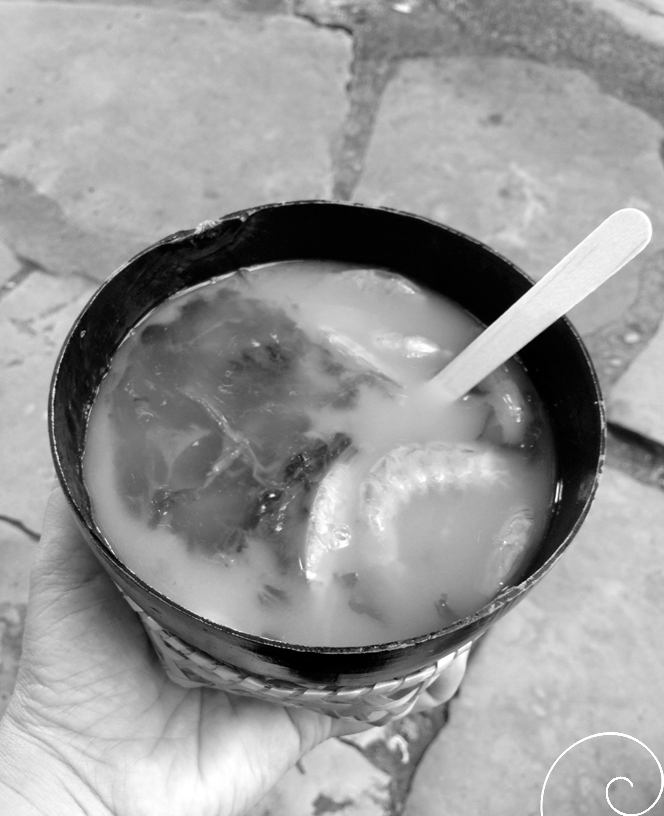
After a hard day of working on the documentary in Belém, there’s nothing better than having a tacacá outdoors to restore the energy at sundown! We went to Maria do Carmo’s stand, opposite Colégio Batista, on Nossa Senhora de Nazaré Avenue, probably the best tacacá on the streets of the city: besides being delicious, the great movement of people there confirms that. On our hands, a very special synthesis of the food culture of Pará, indigenous ingredients, cabocla’s recipe, mixed-race food: in a small gourd, first Maria pours the yellowish broth tucupi (extracted from cassava and then boiled); she adds a handful of cooked leaves of jambu (a singular Amazon herb, that causes a vibrant effect in the mouth, especially with the flowers and leaves together in the broth!); four or five dry and salted shrimp; one or two ladels of gum (made from cassava starch to thicken the broth); and, finally, depending on the taste of the customer, as in my case, she adds a generous spoonful of spicy tucupi broth! Bon Appetite!!!
Text: Silvio Luiz Cordeiro. Image: Cristina Demartini.
The third bank of the river
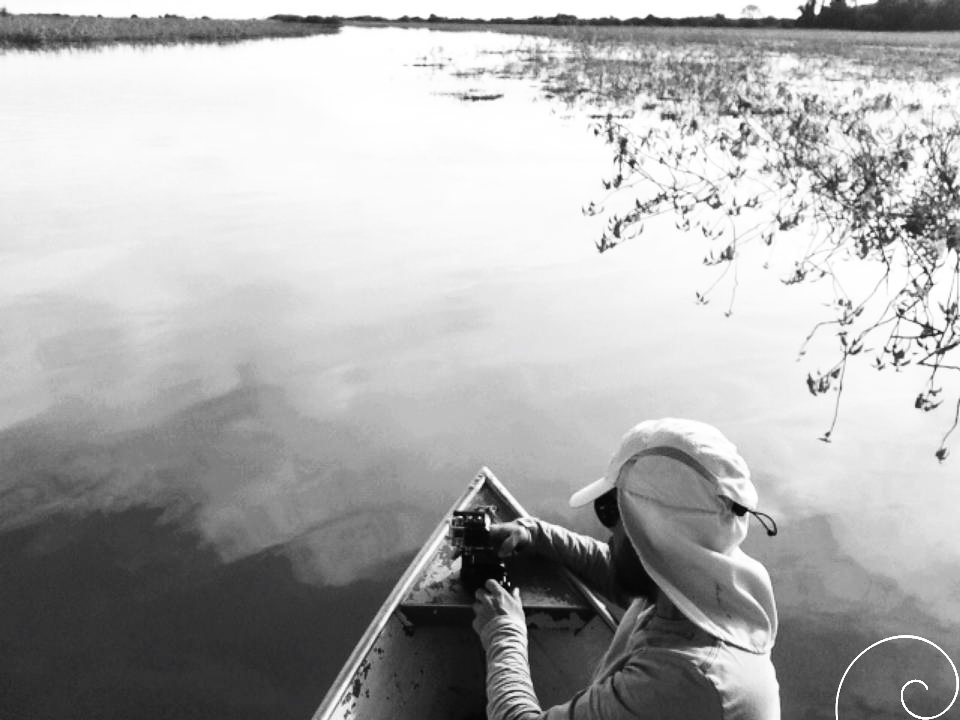
At the bow, me and the third bank of the river: the visual border on the landscape of Marajo Island, the path through the water toward the remnant of cultures that inhabited distant places. The images produced during the documentary recordings reveal in present time a little bit more about this cultural heritage of the human past in the Amazonia.
Text: Silvio Luiz Cordeiro. Image: Wagner Souza e Silva.
